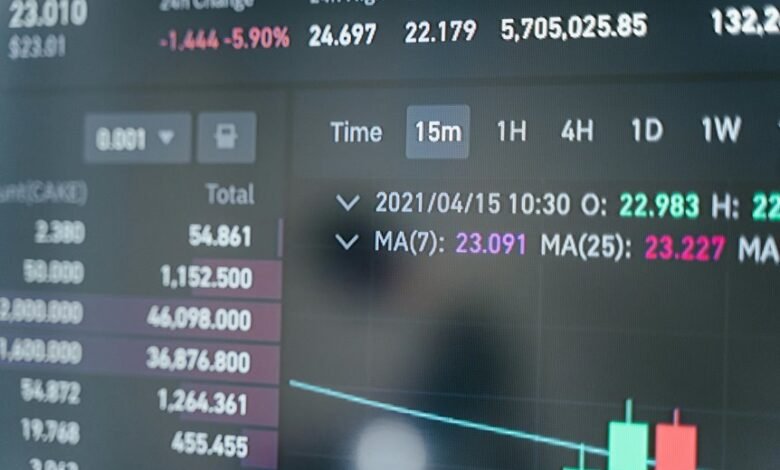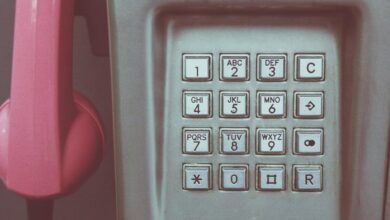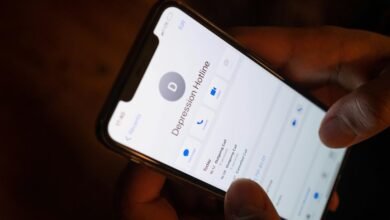Who Called You From 9713665820, 9715012119, 9715013475, 9719909861, 9722320927, and 9723259159? Find Out Everything About Any Phone Number

Identifying unknown callers can be crucial in today’s digital landscape. Numbers like 9713665820 and 9723259159 often raise questions about their origins and intentions. Various tools and services exist to help trace these callers, providing insights into their legitimacy. However, the effectiveness of these methods can vary significantly. Understanding how to navigate this information can empower individuals to make informed decisions regarding potential risks associated with these calls. What strategies can be employed to ensure safety and clarity?
Understanding Unknown Callers: The Importance of Identifying Phone Numbers
How does one navigate the complexities of unknown callers in today’s digital landscape? Caller identification serves as a crucial tool, enabling individuals to discern the origins of unfamiliar phone numbers.
Phone number verification enhances this process, ensuring accurate assessments of potential threats or legitimate contacts. Such measures empower users, fostering a sense of autonomy in managing communications and mitigating risks associated with unsolicited calls.
Tools and Methods for Tracking Down Callers
While the proliferation of unknown callers poses challenges, various tools and methods are available to effectively track down these individuals.
Caller ID systems provide initial identification, while reverse lookup services allow users to obtain detailed information about the caller.
Protecting Yourself From Unwanted Calls and Scams
The rise of unknown callers has prompted a corresponding need for strategies to protect against unwanted communications and potential scams.
Implementing call blocking features on mobile devices serves as a primary defense. Additionally, fostering scam awareness through education on common tactics used by fraudsters can empower individuals.
Conclusion
In the digital age, identifying unknown callers is akin to navigating a maze; each turn presents potential risks or insights. By employing various tracking tools and community resources, individuals can illuminate the shadows cast by unfamiliar numbers. This proactive approach not only safeguards against scams but also empowers users to take control of their communication landscape. Ultimately, understanding who is on the other end of the line transforms uncertainty into informed decision-making.







